Travel series : Forclaz Windmill
A true story of 19th century immigrants and their hits & misses.
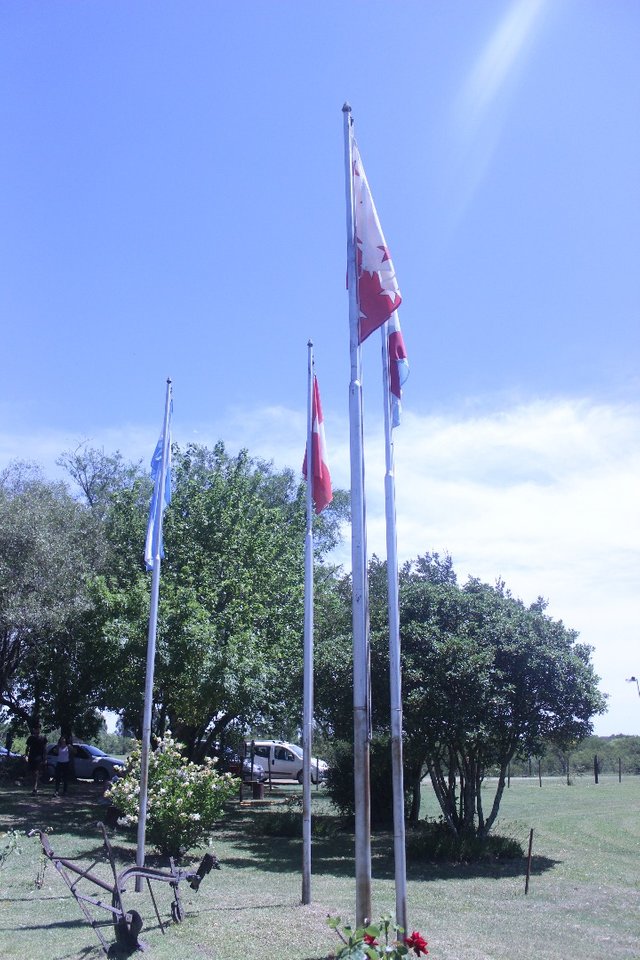
Forclaz Windmill - Colon, Entre Rios Argentina
Jean Baptiste Forclaz, married to Joanna Morend, were a family of Swiss immigrants who settled in the Colonia San José in 1859. Their home was actually strategically situated between the city of Colon and San Jose, Entre Rios. They decided to work on the grinding of grains, given they had the know-how from their family history in Switzerland, and so they built a mill with a winch, that was pulled by 4 blind-folded mules. Due to the working conditions and hours dedicated to grinding the mules were blind-folded in order for them not to get dizzy. The mill was located in a deposit adjoining the house. Around that time the president of Confederate Argentina & ex governor of Entre Rios, Justo José de Urquiza in hopes to expand unpopulated areas he granted 20 acres of fertile land to those who can exploit it and in exchange offered a very attractive financial plan to pay it back with the produce over a decent period of time. The Forclaz family only used about 5 acres for their business offering the grinding service and packaging to local farmers.
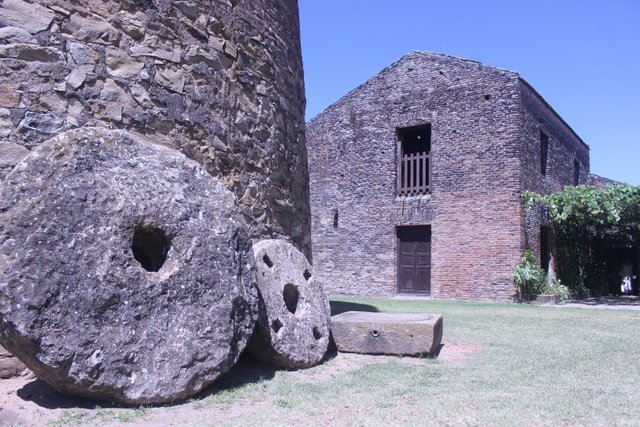
Stones used to grind the grains,they work similar to how molars do to break down food
Over time, seeing that the need for grinding in the Colony increased, they decided to build a more productive mill. Their original caloric mule powered mill produced around 450 kgs per day. Jean’s ambitious son, Juan Forclaz, wanted to quadruple production and decided in 1888 on building a windmill. The windmill was made of “piedra mora” (black stone), which was abundant in the region and used typically for building. Accustomed to cold weather and harsher conditions all of the structures built on their land were very sturdy. The walls built for insulation were 1 meter thick, keeping the homes cool in the summer and easier to warm up in the winter. The same process was applied when building the mill; 1 meter thick wall, a 25 meter circumference, and it stood at 13 meters tall with a zinc roof that rotates to better position the blades. The base was built 3 meters tall with piedra mora and the remaining 10, with bricks. The length of the mills blades spanned 6 meters each and 1 meter in length. Truly a unique piece of engineering for the area, & built to copy the functions of mills that existed in his native country and much like the style of the Dutch mills, which were wide spread throughout Europe. The total cost of construction was of 6.000 pesos fuertes. At the time 16 pesos fuertes was equivalent to an ounce of gold, considering this exchange rate the total cost was of 375 ounces of gold which is about 10.631 kg, considering the current rate of gold this amounts to around 390k U$D
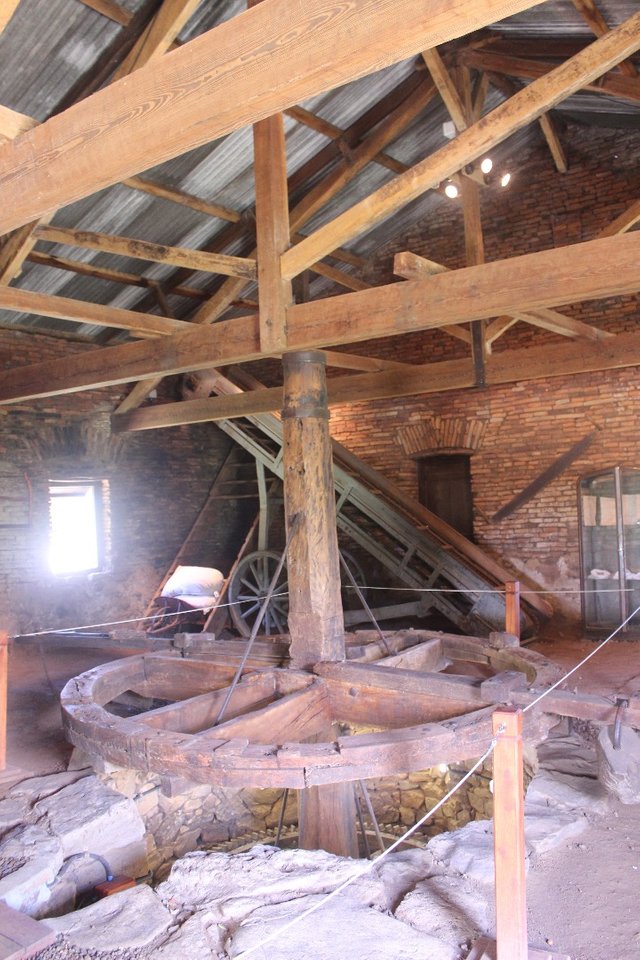
Where the mules were tied to power the mill
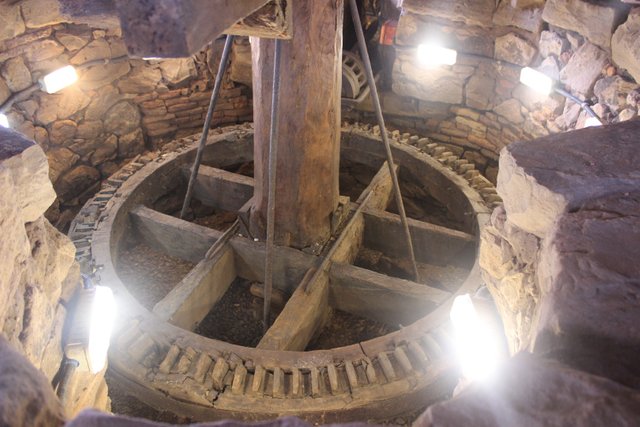
Where all the grinding magic happended
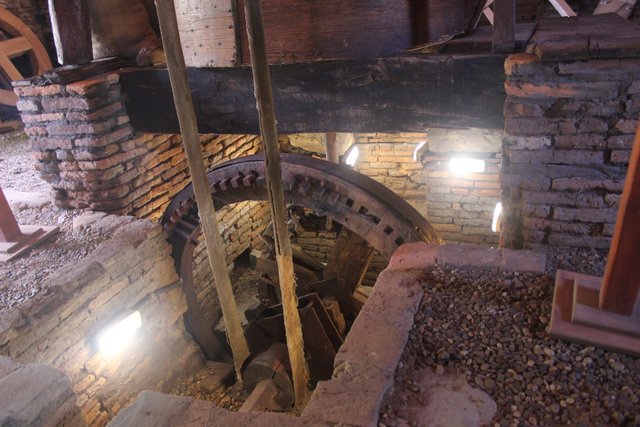
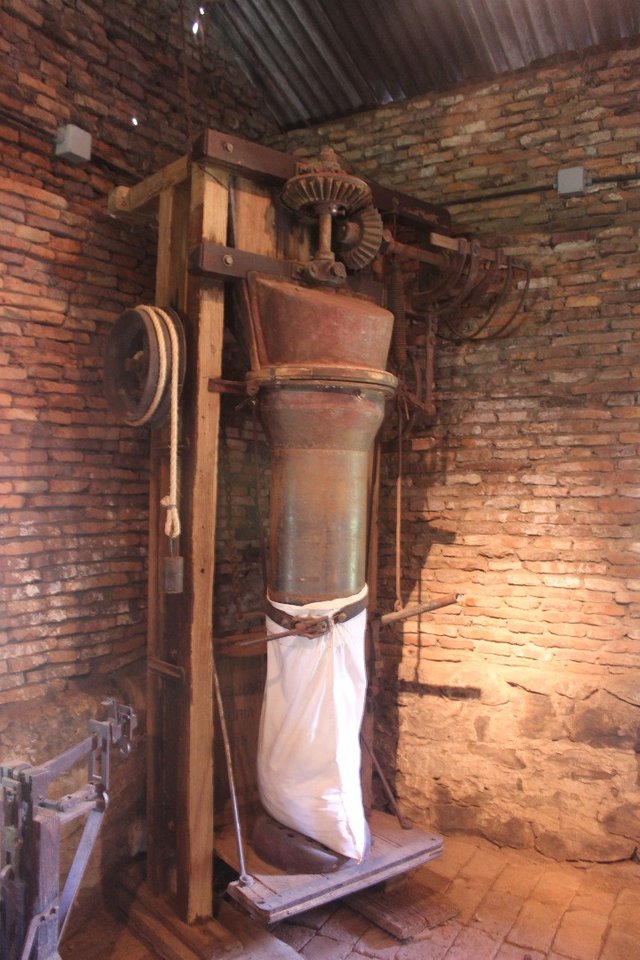
Where all the packaging magic happend. Each weighing around 70 kg
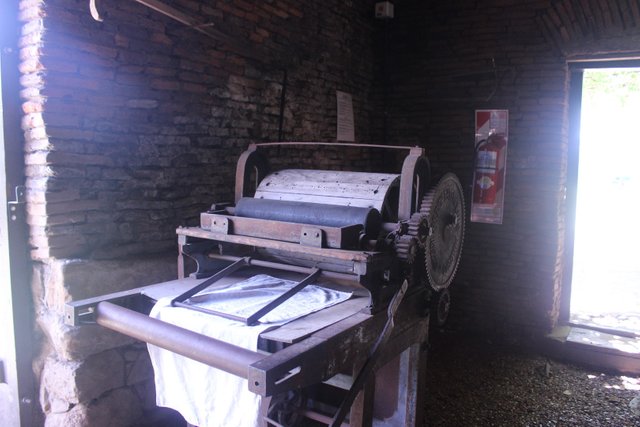
Branding
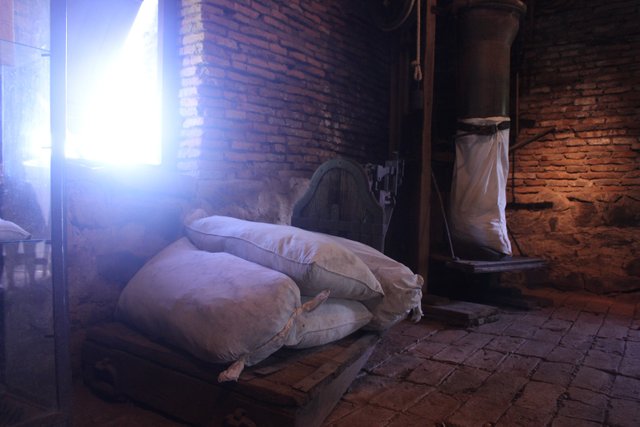
Scale
Juan with the help from his brothers and neighbors of the colony finished the mill in 1890. Unknowing to Juan and others was that this windmill would never produce the amount of flour that they expected. After analysis by engineers of why the mill did not work, they concluded that Juan copied everything to a tee and did an excellent job at replicating European standards including the canopies, but in this region the winds need a different type of blades. At that time the inclined blades were not discovered.
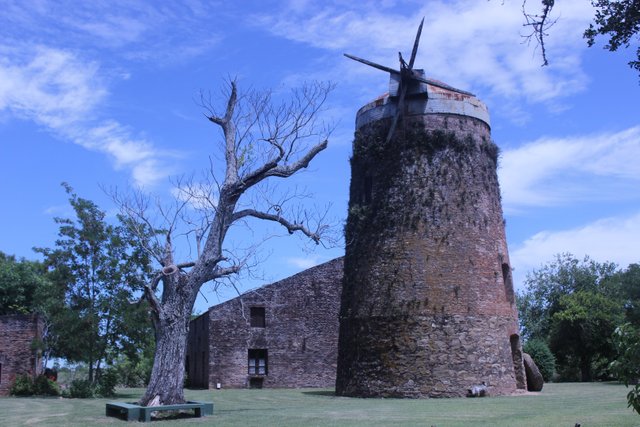
Juan Forclaz died very young at the age of 44, victim of a disease called mania and marasmus, now known as depression or stress due to the enormous effort made in building the mill and the sacrifices and promises made to the colony that couldn’t pull through. The mill had plans to create more employment and production for the colony and it failed big time. Juan wondered and thought for years where he went wrong and kept looking inside the windmill, focusing on the infrastructure to see where he could find his mistake without considering the external conditions needed to power the windmill, aerodynamics.
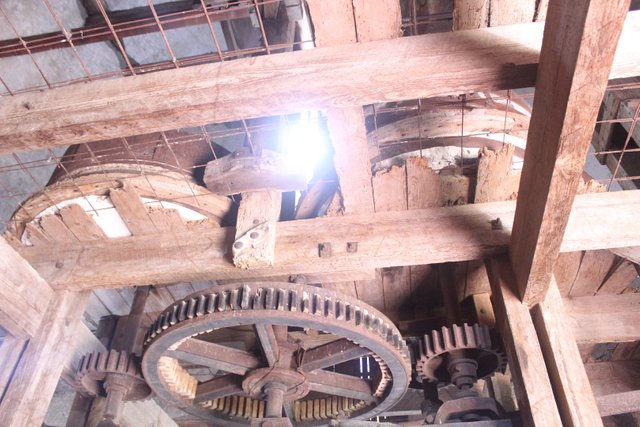
This gear worked similar to a fuse box, whenever the gear would grind or jam the wooden slabs would jump out due to the pressure
This burden drove him to insanity & ultimately his death. He left a family of 9 children behind and his wife Margarita Pralong made a great effort to raise them. The smallest one is born 2 months after the death of Juan. After his death Margarita continued working with the original mule-powered mill to offer the grinding services to nearby farmers but as time went by people stopped depending on Margaritas mill due to it being run by a female and not entrusting her work enough to keep her as a provider.
The mill transcends in time as an icon with its history and it transports us to that time of great undertakings achieved with much effort, and also makes us reflect on the value that our grandparents gave to our word, paired with our hard work.
The windmill is now over 120 years old and is declared a historical monument. Great place to visit with a rich and interesting history, in a very unlikely place.
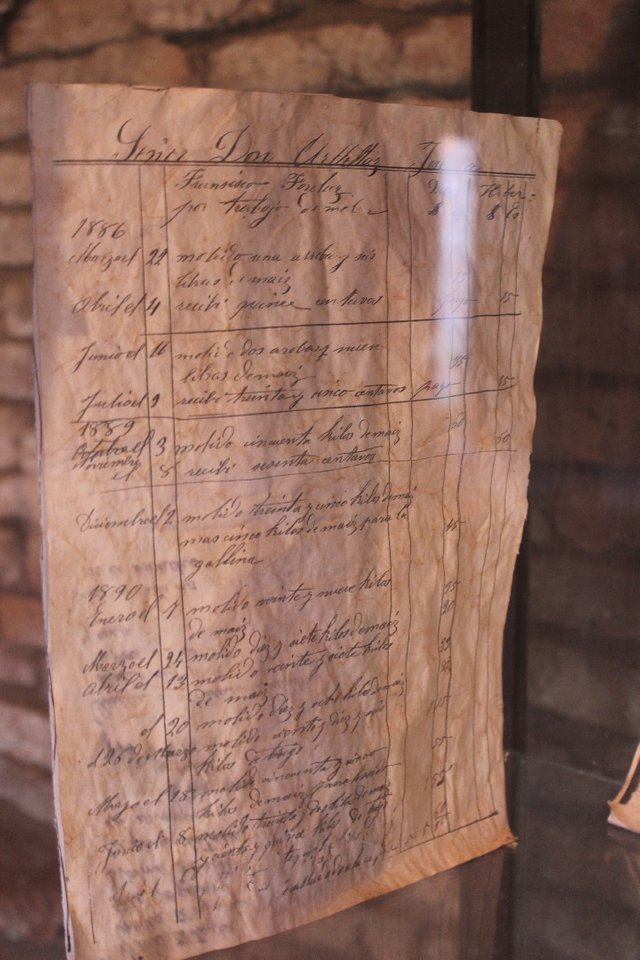
balance spreadsheet
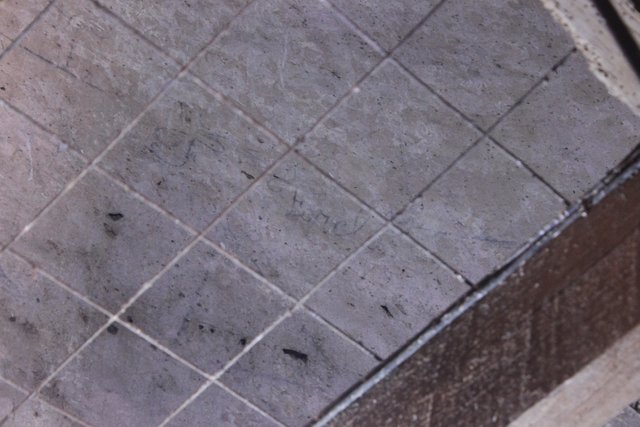
- "F" and Forclaz signature*
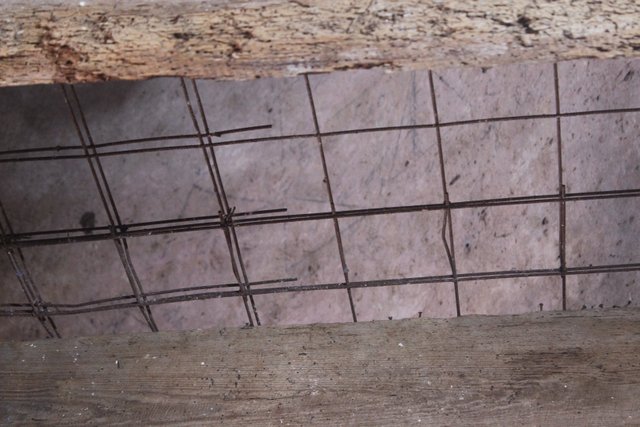
- What looks to be some geometrical calculations*
Hope you enjoyed the post! follow for similar posts
Great post, thanks for sharing those pics, Yuiop!
Upvoted & Followed.
Thanks Lazariko12, glad you enjoyed it! A sad but interesting story